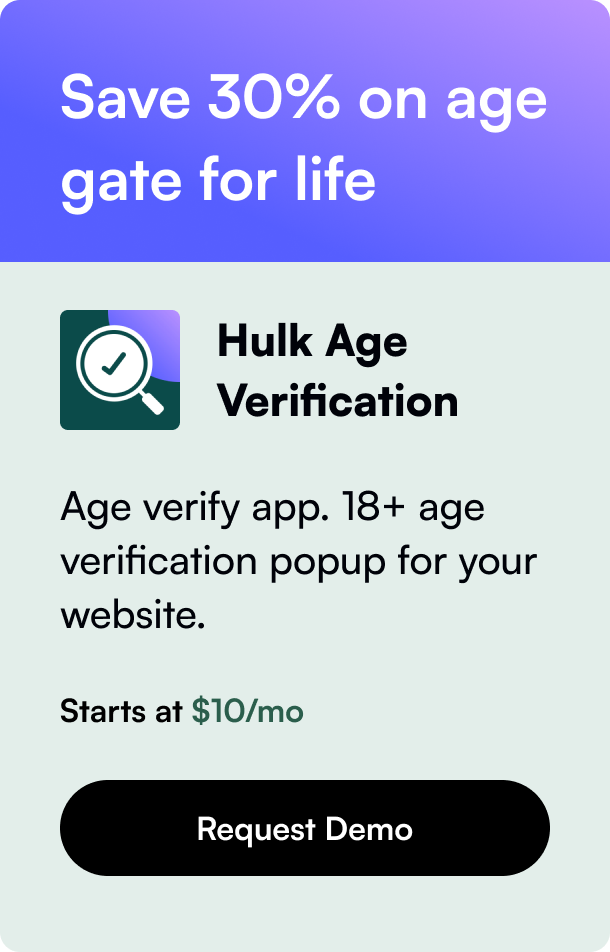Table of Contents
- Introduction
- Understanding Dropshipping
- Why Shopify for Dropshipping?
- The Steps to Start Dropshipping on Shopify
- Challenges and Solutions
- Conclusion
- FAQ Section
Introduction
Did you know that a staggering 27% of online retailers have now transitioned to dropshipping as their primary method of order fulfillment? This model not only minimizes the risks associated with inventory management but also opens up a world of possibilities for aspiring ecommerce entrepreneurs. If you've contemplated embarking on an ecommerce journey, learning how to become a dropshipper on Shopify could be your ticket to success. This blog post aims to unravel the intricacies of dropshipping on Shopify, ensuring you're well-equipped with the knowledge to thrive in this lucrative ecommerce landscape.
Understanding Dropshipping
Before we dive into the Shopify specifics, let's clarify what dropshipping entails. Imagine operating an online store where you sell products without having to stock inventory or handle shipping. Sounds ideal, right? That's dropshipping for you. You partner with suppliers who ship products directly to your customers under your brand, allowing you to focus on marketing and customer service.
Why Shopify for Dropshipping?
When it comes to choosing a platform for your dropshipping business, Shopify stands out for several reasons. It's user-friendly, scalable, and integrated with many dropshipping apps like Oberlo and Spocket, making it an excellent choice for both beginners and seasoned entrepreneurs.
The Steps to Start Dropshipping on Shopify
1. Market Research and Niche Selection
The foundation of a successful dropshipping business lies in selecting the right niche. You need to conduct thorough market research to identify profitable niches with high demand but low competition. Tools like Google Trends, Keywords Everywhere, and the Shopify store's own market research can be invaluable in this phase.
2. Setting Up Your Shopify Store
Once you've nailed down your niche, the next step is setting up your Shopify store. Shopify's intuitive interface simplifies this process. Choose a domain name that resonates with your brand, select a theme that aligns with your niche, and customize your store to reflect your brand identity.
3. Finding Suppliers
A crucial aspect of dropshipping is partnering with reliable suppliers. Platforms like AliExpress, Doba, and SaleHoo can be excellent starting points. When selecting suppliers, consider factors like product quality, shipping times, and communication efficiency.
4. Importing Products
After securing suppliers, it's time to import products to your Shopify store. Tools like Oberlo allow you to easily add products from suppliers to your store, complete with descriptions and images. Remember to set competitive prices while ensuring a healthy profit margin.
5. Marketing Your Store
With your store set up and products ready to go, focus on driving traffic through digital marketing strategies. Invest in SEO to improve your store's visibility, leverage social media platforms to reach your target audience, and consider email marketing to keep your customers engaged.
6. Managing Orders and Customer Service
As orders start rolling in, ensure a seamless fulfillment process. Communicate frequently with your suppliers to avoid any hiccups in shipping. Additionally, prioritize excellent customer service to foster loyalty and encourage repeat business.
Challenges and Solutions
- Product Returns: Have a clear return policy in place and coordinate with your suppliers to manage returns efficiently.
- Long Shipping Times: Choose suppliers with warehouses close to your primary market to reduce shipping times.
- Quality Control: Request product samples from suppliers to ensure quality meets your standards.
Conclusion
Embarking on a dropshipping journey on Shopify can be incredibly rewarding if executed correctly. By following the steps outlined in this post, you're well on your way to building a thriving dropshipping business. Remember, success in ecommerce requires patience, resilience, and ongoing learning. Keep refining your strategies, stay informed about market trends, and don't hesitate to innovate.
FAQ Section
Q: Is Shopify the best platform for dropshipping? A: While there are several ecommerce platforms available, Shopify is highly favored for dropshipping due to its user-friendly interface, vast ecosystem of apps, and robust support system.
Q: How much initial investment is required for dropshipping on Shopify? A: The initial investment can be relatively low, covering Shopify's subscription fee, domain purchase, and any marketing expenses. Since you're not holding inventory, upfront costs are significantly reduced.
Q: Can I dropship products from multiple suppliers? A: Yes, you can partner with multiple suppliers. This diversifies your product range and mitigates risks associated with relying on a single supplier.
Q: How do I deal with customer complaints regarding product quality? A: Establish a straightforward process for handling such complaints. Offer replacements or refunds when necessary and work closely with suppliers to address quality issues at their source.
Q: Is it possible to automate the dropshipping process on Shopify? A: Absolutely. By integrating with dropshipping apps like Oberlo, much of the process, from product importation to order fulfillment, can be automated, allowing you to focus on scaling your business.








